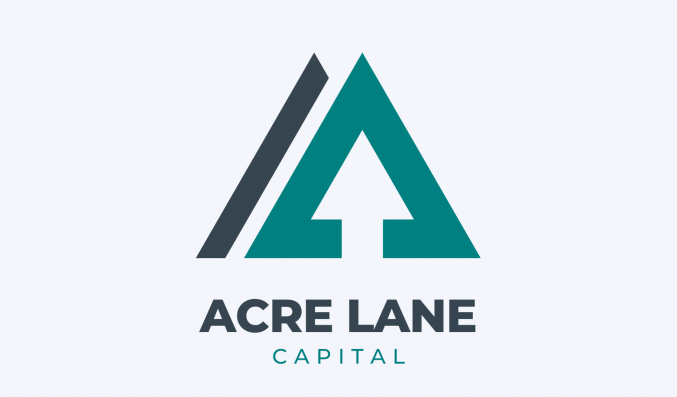Bridging Loan Applications – A Guide
By Helen Jackson

When applying for a bridging loan, many factors can affect the process and the outcome — from your financial circumstances to the interest rates on offer.
But before you even start thinking about applying, we’re talking you through a few of the bridging loan criteria that can make the application process quicker (and slower) for both you and the lender.
How does the bridging loan application process work?
Applying for and securing a bridging loan usually follows a four-part process — borrower, property (asset), loan purpose and exit strategy.
The borrower
The lender will always look at the borrower to assess credibility. First, the lender will need to provide proof of identity, address, and bank statements. Lenders will usually look at the borrower’s last three months of bank statements, but this can change depending on the lender.
The property
The lender will want to know more about the property; they might carry out a valuation report on the property used as security. They might also want to see your property portfolio to show you have experience in this area. The documents required will depend on the purpose of the property, i.e. commercial, rented, or a new build etc.
Loan purpose
Lenders will need to understand what you’re using the loan for. You can use your bridging loan when purchasing a property at auction, bridging the gap between buying and selling property, or for property development purposes. Different circumstances require different documents. For example, if you’re investing in a property for business purposes, you will be required to provide the underwriter with evidence of the business purpose.
Exit strategy
Lenders will need to see your exit strategy — this is how you plan on repaying the loan. Most common exit strategies include:
- Remortgaging the property.
- Paying the loan off from a property sale.
- Refurbishing and selling for a profit.
What criteria can help my eligibility to get approved for a Bridging Loan?
As with all loan applications, a few factors can help you get approved for a bridging loan quicker.
Available documentation
If you’re able to fill all forms required quickly (i.e. the Decision in Principle form), and have all your required documents ready to go (including your photo ID, proof of address and proof of income etc.), it’ll ensure the process is a quick and smooth as possible.
Personal finances & situation
Generally speaking, the more stable your financial situation, the easier it is for you to get a bridging loan. Lenders will require proof of income, and they’ll also carry out a credit check, with some lenders stipulating a minimum credit score.
If you’re purchasing the property for business reasons, the loan process can be quite quick — usually between seven and 14 days.
Current market situations and interest rates
It’s pretty difficult to secure a bridging loan from a high street bank, which means the market is competitive as specialist bridging finance companies battle it out for the lowest interest rates. Although bridging finance interest rates are much higher than traditional loans, you’re likely to find a good deal in this market due to its oversaturated nature.
Credit rating
Lenders will check your credit rating when you apply for a bridging loan. If your credit score is good and your financial situation is stable, you’re in a good position to borrow money. Lenders are more focused on your exit strategy than your credit score, however, so your credit rating isn’t the more important factor.
Business and property
If you have a large amount of equity in the property you’re selling, or you can put down a large deposit. Or you have a healthy property portfolio and a good property you can secure the loan with; all this can make applying for bridging finance a much easier process.
Lenders might want to see a business plan if you’re purchasing the property for commercial purposes to see how viable the business investment is. They’ll also need to see a clearly laid out exit strategy (i.e. how you’re going to repay the loan). All this can give the lender the confidence they need to part with their money, making the application process easier and quicker. The less risky the situation is for the lender, the more likely you can secure bridging finance.
Read more about bridging loan paperwork, documents, forms and contracts.
And what criteria can hinder potential eligibility?
Keep an eye out for these factors that can hinder your eligibility.
Available documentation
As you can imagine, if you don’t have the correct documentation or you’re not prepared for the process and the lender has to ask for additional information, this could hold your application process up.
Personal finances & situation
If you’re living or planning to live in the house you’re purchasing; the loan becomes regulated. This means the process of securing bridging finance will be longer, as there are more hoops to jump through.
Also, if you’re focused on getting the best deal to get the cheapest bridging loan deals, the process might be longer with more checks; situations like this can mean the application process can take between 14 and 21 days.
Current market situations and interest rates
Outside factors can affect interest rates — both positively and negatively. This means interest rate fluctuations are hard to predict; take the pandemic, for example. However, over the last year, the housing market witnessed a boom. According to the ONS, house prices increased so much that it was the highest they’d been since 2004, raising 13.2% from June 2020 to June 2021.
Credit rating
Although lenders aren’t as focused on your credit score when applying for bridging finance, it could still play an important role in determining whether you’re a credible borrower, particularly if you’re inexperienced in financial lending.
Some lenders require a minimum credit score, but others might not. The only way to understand the specific loan criteria is to contact the lender directly.
Remember, the best way to find out if you qualify for a bridging loan is to check with a specialist lender.
What should I do next if I’m not approved for a bridging loan?
If the lender has turned down your application, don’t worry, you can always apply again in the future. The best way to get accepted is to work alongside a specialist bridging finance company to make sure you’re in the best position to get accepted next time.
Specialist bridging finance companies are well-equipped to give you the best advice when it comes to securing this type of complex finance because they’ve worked with many borrowers just like you.
Our homepage lists a variety of specialist UK bridging finance lenders. Compare bridging loan lenders in our directory.










You must be logged in to post a comment.